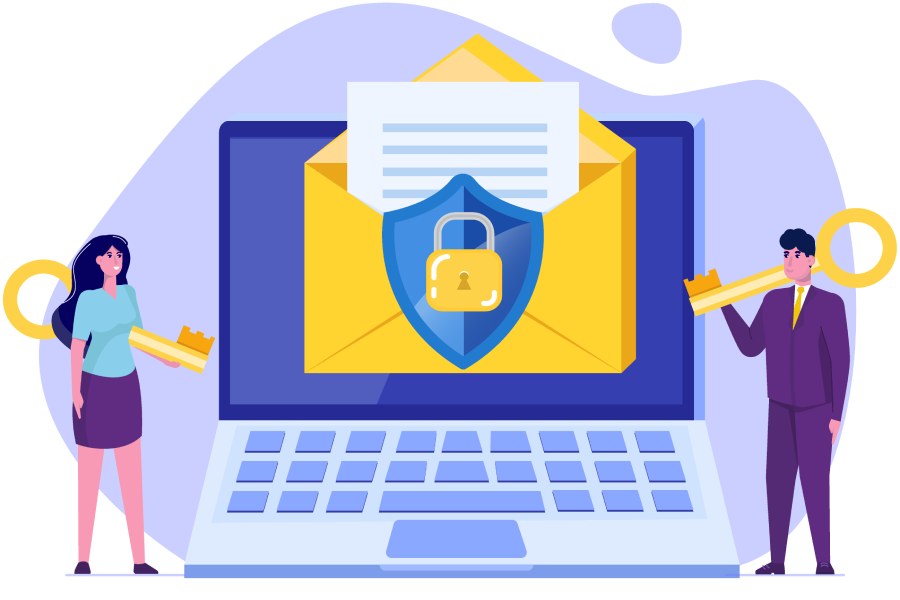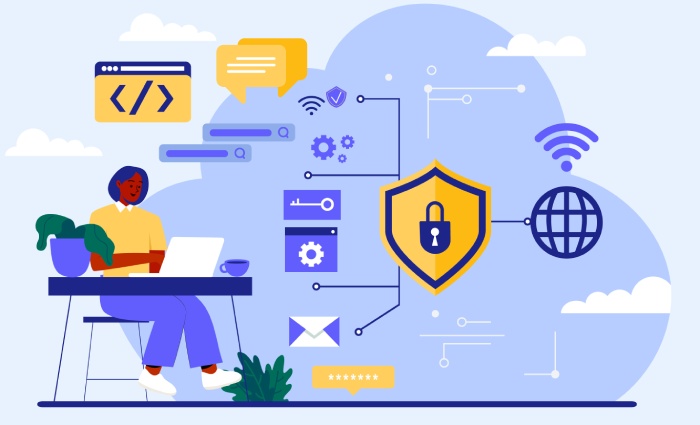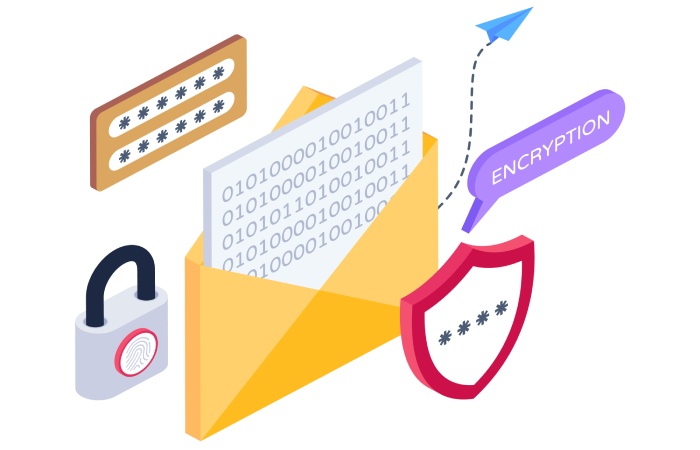Sending and receiving emails have been essential in communication between and within organizations over the past few decades. Rapid digitalization of businesses and startups entering the digital information web made emails one of the commonly used media to share information. Naturally, email security is a significant concern for any organization with a high email user base. The sensitive information shared between organizations and within them increases the critical data getting intercepted and compromised. And to manage this problem, organizations adopt security strategies like encryption and digital signatures in emails. Securing emails is vital, but pairing it with the Best Browser Security Software adds extra protection, ensuring safer web access and fewer vulnerabilities. Below is an examination of what makes conventional email security vulnerable and prone to breaches and solutions to mitigate the threats.
Challenges And Threats in Email Security in The Digital Era
The classical measures like installing antivirus packages and firewalls cannot block social-engineering attacks against email security. While a commonly used medium of sharing information, email is not a reliable communication tool due to its transmission via the internet. Most of the cyber-attacks have been operated using emails.
Some of the significant email security threats and challenges are:
- Spoofing
- Phishing Attacks
- Security gaps in email services by the service provider
- Domain Squatting
- Client-side risks
- Malicious attachments/ransomware
- Browser exploitation
- File format exploits
What Are The Solutions?
Since it’s challenging to monitor the entire transmission, users/organizations can strengthen the security at their end, minimizing the risks substantially. Some of the solutions that you can follow are:
- Email Encryption: The sender can encrypt the email, which is then decrypted at the recipient’s end, thus nullifying the threat of the email getting exposed to any third party.
- Digital Signature: Digital signature helps authenticate the real source of the email and identify malicious attack vectors.
- Reliable Outbound SMTP: Selecting a good outbound SMTP service allows your email to reach the desired destination without any hassle or the risk of tampering.
- Secure Email Gateway: It is a server that monitors sent and received emails and protects an organization’s internal servers by preventing unwanted emails and spam.
The following sections elaborate on email encryption and digital signature.
What Is Email Encryption and How Does it Work?
Encryption is a method of disguising the original information on an email to appear as a cipher code which one can only decrypt if they have the decryption key. This method is one of the most common and effective security strategies organizations, and businesses adopt for email security. Any third party tapping into the email sees it as a jumbled, non-readable text, eliminating the risk of the data being exposed to infiltrators.
How Email Encryption Works Digitally
The information gets converted to non-readable text using encryption in email public-key encryption. The method uses a pair of public and private keys. The data to be transmitted is encrypted by the encryption software using the public key. The recipient applies the private key to decrypt the email to read the original text on receiving it. While the public key can be accessed by anyone who wants to send the email to the recipient, it can only be decrypted by the private key, which should be kept secured. This feature eliminates the risk of exposing the information before reaching the destination. The private key is valid only for the data encrypted by the corresponding public key. The technique helps ensure email security.
What is Digital Signing?
With the privacy of the information in an email, it is also essential to identify the authenticity of the email’s origin. One can do it by introducing a digital signature. Digital signing helps in assuring that the information hasn’t been manipulated in its transmission and ensures the proof of origin. It also helps confirm that the sender cannot deny the genuineness of the email they signed. It helps organizations ensure a robust email security posture.
How Does Digital Signing Work?
Unlike e-signing, which is used to sign documents electronically, digital signing works similar to email security encryption using a pair of public and private keys with some differences in the operation.. Unlike encryption, the email is digitally signed using the sender’s private key, and the corresponding public key is used to read the signature. The sender’s public key at the recipient’s disposal is the only key to verify the sender’s digital signature by comparing the hashing algorithm of encryption keys in the email. Thus, it helps verify the integrity of the source and the information.
Difference Between Encryption And Email Signing
The critical difference between email encryption and email signing is that the former disguises the information in an email until it reaches its assigned destination. In contrast, the latter is used for verifying the authenticity of the source and the information in an email. While both use public-key encryption involving a set of private and public keys, email encryption is done for secure transmission by using the recipient’s public key. And signing is done for a genuine representation of data using the sender’s public key. Both are valuable in ensuring email security.
What Should You Choose?
Organizations and businesses adopt these solutions for email security against breaches and attacks according to their necessity. An organization responsible for the proper transfer of information may need data encryption but not digital signing. However, an organization responsible for data analysis may require digital signatures to authenticate sources. What you opt for depends on the nature of the source, information, and the operation you want to execute. Most organizations use a combination of email encryption and digital signature as it strengthens the security structure of the communication.
Final Words
Email security is one of the serious concerns for almost every organization today. Most cyber-attacks are spoofing emails, spam, and social-engineering attacks like phishing. The loss of revenue and reputation is high when an organization faces such attacks. To ensure a secure transmission line and verify genuine resources, organizations and individuals must adopt email security solutions like email encryption, digital signing, and secure email gateways connected to their email hosting networks. A combination of encryption keys and hash algorithms allows for reliable transfer of sensitive data over the internet, and digital signatures ensure the integrity of the source.


